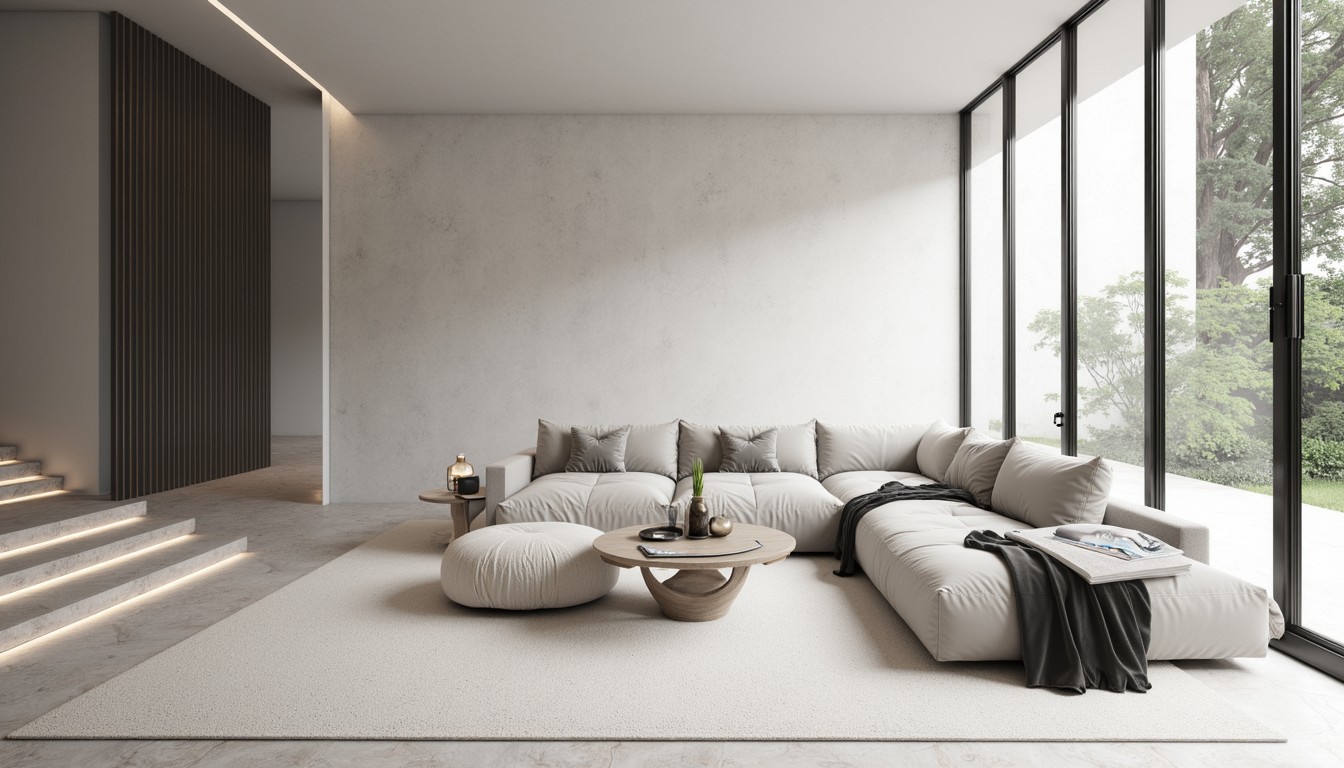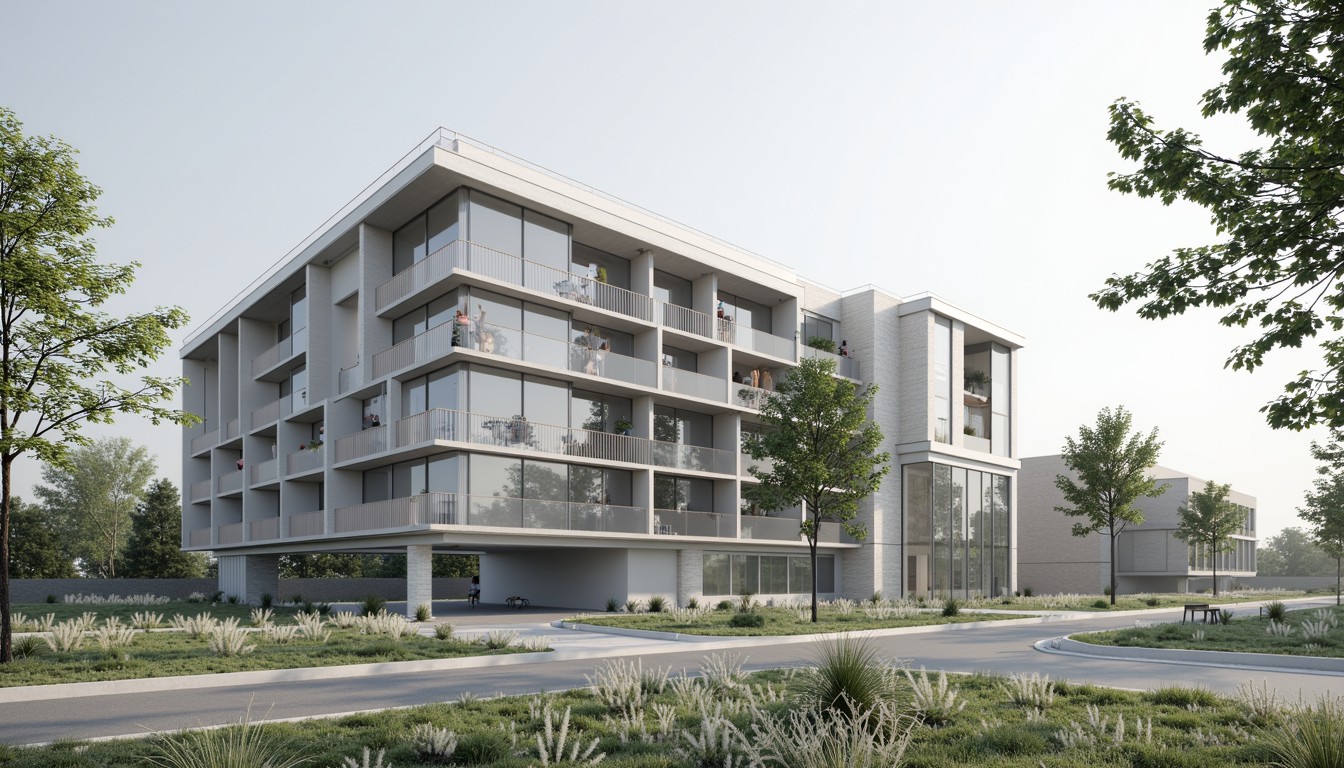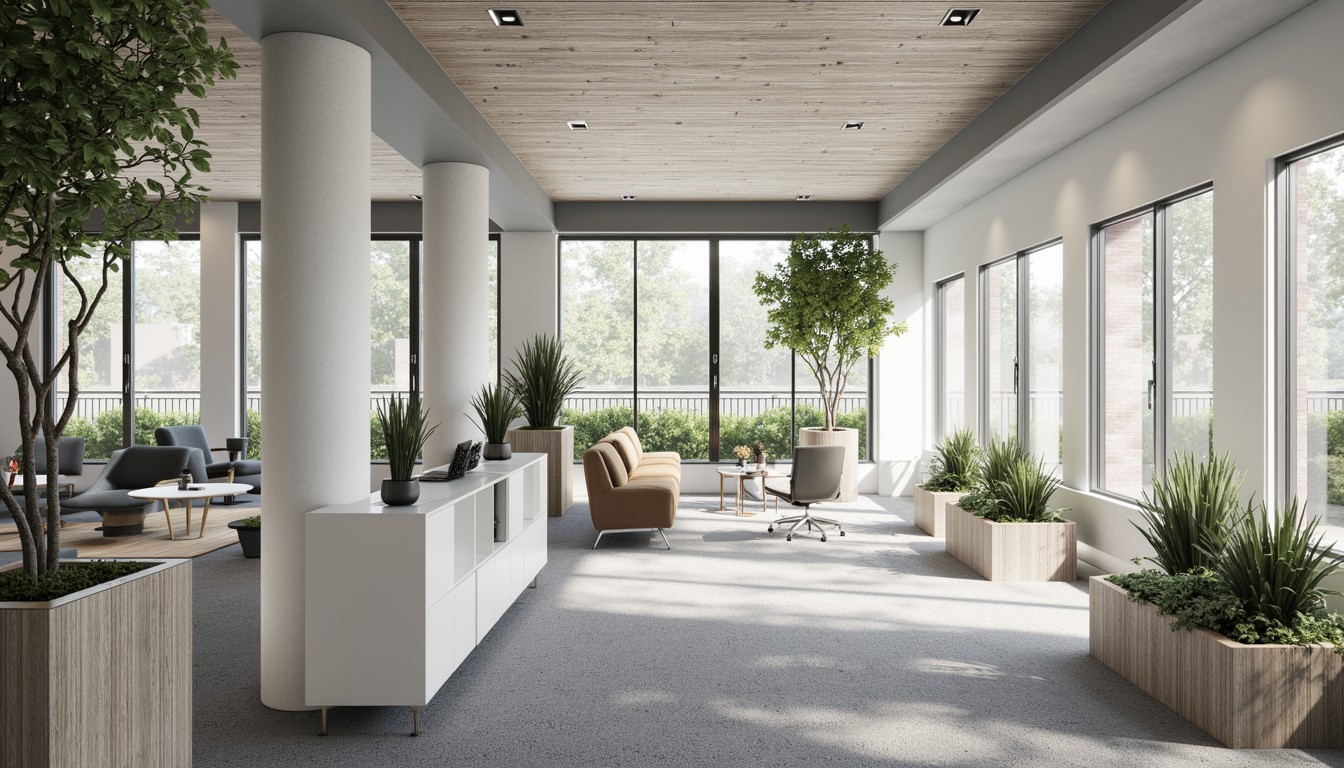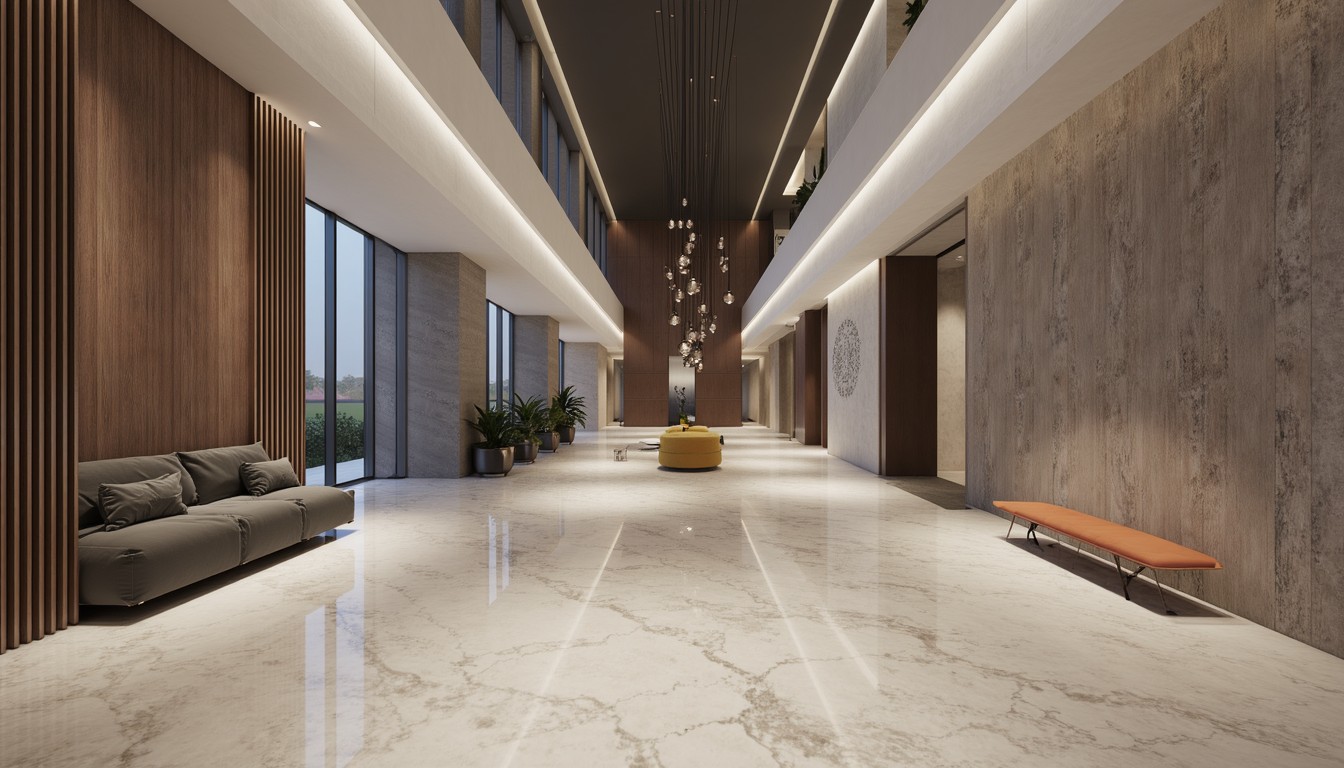AI Space Planning: A Design Revolution
The architectural landscape is undergoing a dramatic shift, fueled by the integration of artificial intelligence (AI). No longer a futuristic fantasy, AI-powered space planning is becoming a cornerstone of efficient and innovative design practices. This technology is streamlining workflows, enhancing creativity, and ultimately delivering better results for architects and clients alike. ArchNav, a leader in architectural visualization, is at the forefront of this exciting evolution.
Understanding AI's Role in Space Planning

Traditional space planning is a time-consuming and iterative process, often involving numerous manual adjustments and revisions. AI changes this paradigm by automating many of these tasks. AI algorithms can analyze vast datasets, including building codes, client preferences, and site constraints, to generate optimal space layouts within seconds. This includes functionalities like:
- Automated Layout Generation: AI can create multiple design options based on specified parameters, such as square footage, room functionality, and adjacency requirements.
- Space Optimization: AI algorithms can identify inefficiencies in existing layouts and suggest improvements to maximize space utilization and functionality.
- Compliance Checking: AI can automatically ensure compliance with building codes and regulations, reducing the risk of errors and delays.
- Predictive Modeling: AI can simulate various scenarios to predict the impact of design decisions on factors like occupancy, traffic flow, and energy consumption.
- 3D Modeling Integration: Seamless integration with 3D modeling software allows for rapid visualization and iteration of design concepts.
Real-World Applications of AI in Space Planning
The applications of AI in space planning are far-reaching and impact various sectors:
Residential Design:
AI can optimize the layout of homes to maximize space and natural light, factoring in family size, lifestyle preferences, and budget constraints. It can even suggest furniture placement and décor based on user preferences, creating a personalized and efficient living space.
Commercial Design:
For office spaces, AI can analyze workflow patterns to optimize team layouts, improve communication, and boost productivity. It can also help create flexible and adaptable spaces that can accommodate future changes in the workforce.
Healthcare Design:
In hospitals and clinics, AI can help design efficient and patient-centric layouts that optimize workflows, minimize infection risks, and improve patient experience. It can also help with the strategic placement of equipment and staff to ensure optimal efficiency.
Retail Design:
AI can analyze customer traffic patterns and product placement to optimize store layouts for maximum sales and customer satisfaction. It can help create engaging and intuitive shopping experiences.
Benefits of AI-Powered Space Planning

The advantages of incorporating AI into space planning are numerous:
- Increased Efficiency: AI automates time-consuming tasks, freeing up architects to focus on creative aspects of the design process.
- Improved Accuracy: AI reduces the risk of human error, ensuring accurate and compliant designs.
- Enhanced Creativity: By generating multiple design options, AI can spark new ideas and inspire more innovative solutions.
- Cost Savings: AI can help optimize resource allocation, reducing material waste and construction costs.
- Better Client Collaboration: AI facilitates better communication and collaboration between architects and clients by providing interactive and visual representations of design options.
Challenges and Considerations
While the potential of AI in space planning is immense, there are challenges to address:
- Data Dependency: AI algorithms rely on large datasets, and the accuracy of the output is directly related to the quality of the input data.
- Computational Resources: Processing large datasets requires significant computational power, which can be expensive.
- Ethical Considerations: AI algorithms should be designed to be unbiased and fair, ensuring that design decisions are not influenced by discriminatory factors.
- Human Oversight: While AI can automate many tasks, human oversight is still crucial to ensure creative vision and context are maintained.
ArchNav: Leading the AI Revolution in Architectural Visualization

ArchNav is committed to leveraging the power of AI to enhance the architectural design process. We are constantly exploring and implementing cutting-edge technologies to improve the efficiency, accuracy, and creativity of our visualization services. Our team of experts combines deep architectural knowledge with advanced AI capabilities to deliver exceptional results for our clients. We believe that AI is not a replacement for human creativity but a powerful tool that amplifies it, allowing architects to push the boundaries of design and deliver truly innovative projects.
Conclusion
AI-powered space planning is transforming the architectural landscape, offering unprecedented opportunities for efficiency, creativity, and innovation. While challenges remain, the benefits are undeniable. At ArchNav, we are dedicated to harnessing the power of AI to deliver exceptional architectural visualization services and empower architects to create extraordinary spaces. Contact us today to explore how we can help you integrate AI into your design workflow.
